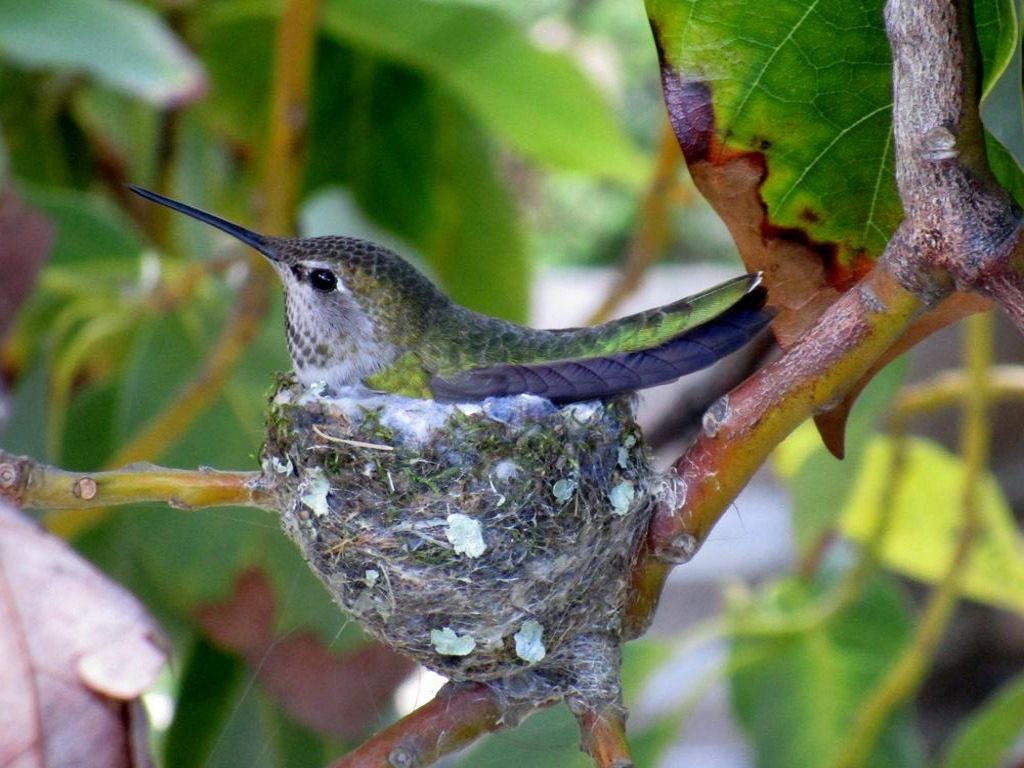
Nested Design
Birds design and build nests. They select the trees, the branches,
and the building materials. Some birds keep the same nest for multiple
years. Other birds prepare new nests each year. The nests provide a home
for eggs that soon become hungry baby birds. Interestingly, the mouths
in these nests will soon become designers of future nests themselves, as
will their offspring and their offspring’s offspring’s offspring. You
might say the design is nested.
Good designs satisfy requirements. Nests must provide a haven for young birds. Nests need to be firmly mounted to a host structure, such as a tree limb, with their location and construction concealing their whereabouts from predators. Cozy interiors insulate from the elements and shelter delicate eggs and newborn birds.
How big should the nest be? Large enough to hold a number of eggs.
Large enough and strong enough to host mama or papa bird as they
incubate eggs until they hatch. Large enough to contain young and
growing hatchlings before they leave the nest. Yet a nest that is too
big takes longer to build and may be harder to hide.
How do hummingbirds (in the photo) solve this problem? Hummers’ nests
make important use of silk from spiderwebs. This allows the nests to
stretch as baby birds grow. Spider’s silk is one of the most ductile
materials in nature. This design strategy allows hummingbird nests to be
as small as possible, typically hosting only two eggs, and they are
hard to find! Soft interior materials include water-resistant dandelion
fluff. Pine resin provides the glue to hold the nest together. Lichen
and moss provide the camouflage.
Nests take a week to build. Eggs take two weeks to incubate, and hatchlings take four weeks to fledge. Some call these nests nature’s little jewels. What a clever design!
Could it be that our universe is a carefully designed container for the future designs of a Master Designer? This nest, called planet earth, provides many degrees of freedom for the wonderfully imaginative design that follows—pollinating bees, gnawing beavers, and soaring birds. And the Designer gifts his designs with their own ability to design, including honeycombed hives, keystone dams, and a wide variety of birds’ nests! Nests in tree hollows. Nests on cliffsides. Nests that float. Amazing weaver nests. Magnificent aeries. All these nests contain bird families who themselves are designers.
Humans are designers too—a gift from our Designer.